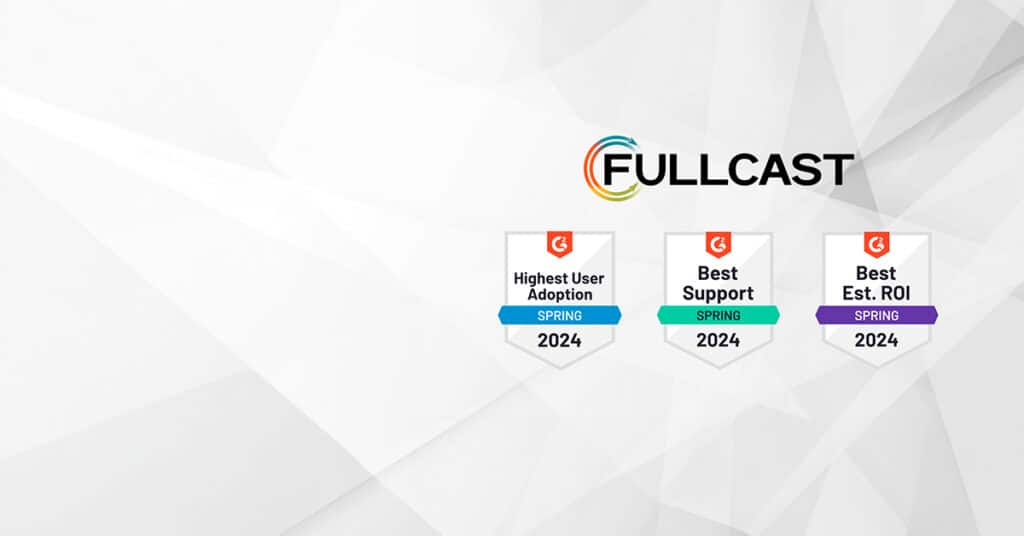Nancy Nardin of Smart Selling Tools interviewed fullcast.io Founder and CEO Dharmesh Singh for her series on Transforming Sales. Dharmesh explains how trends in sales ops are driving growth. Nancy is the founder of Smart Selling Tools which reviews sales tools and provides resources for sales professionals.
Nancy: What are the top areas of focus in the next 12-24 months for organizations that want to transform their sales organizations?
Dharmesh: I think the first priority is taking control of the tool stack. There has been an explosion of tools in the sales ops world and we feel that today, sales operations professionals are spending more time integrating systems than performing sales operations. It’s death by a thousand tools. Moreover, most tools aren’t integrated with each other, so you get point solutions that solve a niche need but are not really helping teams grow. Sales organizations are dynamic by nature and if they invest in tools that do not accommodate and align an evolving sales team, teams will outgrow the tool. This has tremendous impacts on sales teams.The second transformation is Data Governance. CRM is now the source of corporate truth. It aligns and integrates all customer-facing functions from pre-sales to post-sales. CRM should be treated as an enterprise database, and as with most enterprise databases, it’s only as good as the data within it. Teams looking to transform sales organizations need to invest the time to define and enforce policies for data entry and data lifecycle within CRM. Today most CRM instances are in the wild west age of data governance. The lack of trust in the data is holding sales organizations back from taking advantage of their CRM investment to its fullest capacity.Finally, thinking about integrating operations with your go-to-market plan. Today, operations teams responsible for daily sales execution chores are disconnected from the overall sales go-to-market team. These are two separate functions in most organizations and it’s imperative to integrate and ensure they are working in cadence as the go-to-market evolves. Successful organizations align their resources rapidly to meet the requirements of an evolving go-to-market as change cycles become shorter and competition in the marketplace increases. Companies that build agility in their go-to-market with execution ability will succeed.
Nancy:How should companies decide which approaches to sales transformations are right for them
Dharmesh: Take a data-driven approach to making decisions. Sales operations teams are typically working in silos, disconnected with the needs of the executive suite. Successful sales organizations use sales operations as a strategic lever for growth. An investment in sales operations can exponentially help scale sales beyond just adding headcount.We have created a GrowthOps Framework that we think can help teams think through metrics to drive alignment from the CXO to the sales ops team. The metrics in the “Grow” row are the top-most metrics for most organizations. They should be the north star for teams working on metrics in the “Optimize” row to drive alignment.

Nancy: What are your tips for ensuring that technologies contribute to sales transformation in a measurable and impactful way?
Dharmesh: I recommend folks to go back to the metrics that matter and track to see if they are driving the right behavior. Focus on the process and policies that you want to enable before picking a tool. We have seen success for organizations that take the time to define process and policies before jumping into tools. The tool is a means to an end. Many teams make the mistake of signing up for the newest, shiny toy without taking the time to see how it fits into their go-to-market plan and what policies it will enforce.
Nancy: How is your solution transforming your customer sales organizations?
Dharmesh: Our platform approach allows teams to bring their sales planning and sales operations together for the first time. We now have a unified view of how each team is supporting the overall sales motion.Teams leveraging fullcast.io’s platform are finding that they are able to:
- Shorten their sales planning cycles and react faster to market changes
- Build integrated, collaborative sales plans that drive transparent decision making
- Reduce dependency on IT with the ability to make CRM changes
- Cut down on ad hoc custom code in Salesforce systems
- Enforce sales policies consistently across the organizations, resulting in cleaner data and better decision making
Nancy: What are some good resources if someone wanted to learn what questions to ask, what others are doing, or other factors related to sales transformation?
Dharmesh: Fullcast.io has built a community for sales and sales operations leaders. We’ve hosted meetups around the country and plan to host more in the coming months. These meetups have covered everything from career growth in sales operations to best practices in sales planning. We source our community for topics and listen for pain points we can address at our events. On a more daily basis, we’ve launched the Growth Ops App and a LinkedIn Sales Ops Community group for those looking to connect with other sales operations professionals, ask questions, and share ideas. You can find the Growth Ops App in the app store and request to join the LinkedIn group here. As one of our community members put it, sales ops professionals often stumbled into their role and make it up as they go, so we’re committed to providing resources to empower sales operations teams and help them unlock growth in their companies.











